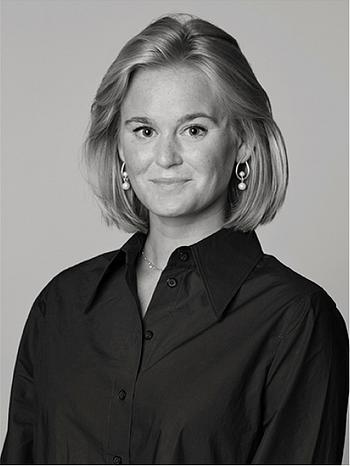Antoni Tàpies
Serie "Nocturn Matinal" no 16.
Signed Tàpies. Executed 1970. Mixed media and collage on paper laid down on canvas 27 x 57 cm.
Alkuperä - Provenienssi
Sala Gaspar, Barcelona.
Galleri MDA, Höganäs.
Private Collection.
Kirjallisuus
Anna Agusti, Tàpies: Obra Completa, Volumen 3. 1969-1975, Barcelona 1992, p. 142, no. 2201, illustrated.
Muut tiedot
Antoni Tàpies was born in 1923 in Barcelona. His family belonged to the affluent Catalan middle class, and from an early age, Tàpies developed an interest in history, literature, and politics. His maternal grandfather was highly politically engaged, and the political awareness instilled in the artist during his childhood influenced a significant portion of his artistic production, alongside his deep interest in poetry and philosophy. Tàpies suffered from a lung ailment during his youth and was compelled to spend long periods in sanatoriums outside the city. It was during these respites from Barcelona's bustling atmosphere that Tàpies discovered the joy of drawing and painting. He also delved into a substantial amount of philosophical literature and familiarized himself with authors such as Proust, Stendhal, Nietzsche, Ibsen, and Thomas Mann, among others. The Spanish Civil War plagued the country from 1936 to 1939 and resulted in Franco's rise to power, coinciding with the outbreak of World War II. All of these events unfolded during the artist's formative years and must have had a decisive impact on his future path and the expression his creative work would yield. In 1943, after three years of studying law, Tàpies decided to wholeheartedly devote himself to art.
The works created during the mid-1940s leaned toward an expressive and primitivist direction. Even in this very early production, we can discern a common thread in his interest in materials, grattage, and the possibilities of collage techniques. This "pintura matérica" (material painting) aligns closely with the informal art's focus on texture and the transformative qualities of materials. Tàpies' art was first exhibited in 1948 at the controversial Salo d’Octubre, at Galeries Laietanes in Barcelona. It was also during this time that he met Joan Miró, which led to a lifelong friendship. In the following years, Tàpies created a series of works in a surrealist spirit, inspired by Miró and Paul Klee. Two years later, he returned with a solo exhibition at the same gallery, and his art gained immediate recognition. Numerous exhibitions followed throughout Europe, and in 1953, his art was introduced to American audiences with a solo exhibition at the legendary Martha Jackson Gallery in New York. This marked the beginning of his significant success with a growing art audience.
During the 1950s and 1960s, recurring exhibitions were held worldwide. Tàpies' focus on material and the spiritual aspect of the art experience made him a leading figure, and he gained a number of followers. In the 1960s, he increasingly incorporated iconographic elements into his paintings. Not only did he mix sand, earth, and textiles, but he also allowed words and symbols to occupy space, thereby erasing the distinction between the purely literary and the purely visual. This represents one of his greatest strengths, and with this as a starting point, Tàpies has continued to explore his highly personal synthesis of words and images.


























